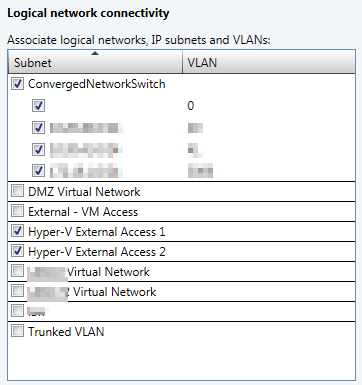In this post I’ll show how to resolve the issue of a VM that’s stuck in the “backing up…” state as shown by Hyper-V Manager, without having to reboot the virtual host.
If a VM is stuck in the backing up… state it’s probably due to an error with the Microsoft Hyper-V VSS Writer. Open an elevated command prompt and run “vssadmin list writers”. The output should look like it does below, with no errors listed.
The Microsoft Hyper-V VSS Writer runs within the Hyper-V Virtual Machine Management service, so in order to restart the VSS writer and clear the error, you have to restart the Hyper-V Virtual Machine Management service. I’ve restarted this service without any issues, but please test this on a test server first.
You can restart the service from the Services mmc, but if the Hyper-V VSS Writer is in an error state the service may hang on shutdown, in this case you’ll have to kill the vmms.exe process from Task Manager.
When you do this VMs will disappear from Hyper-V Manager, but will reappear when you restart the Hyper-V Virtual Machine Management service. Following the service restart the VM should no longer by in a backing up… state.


















